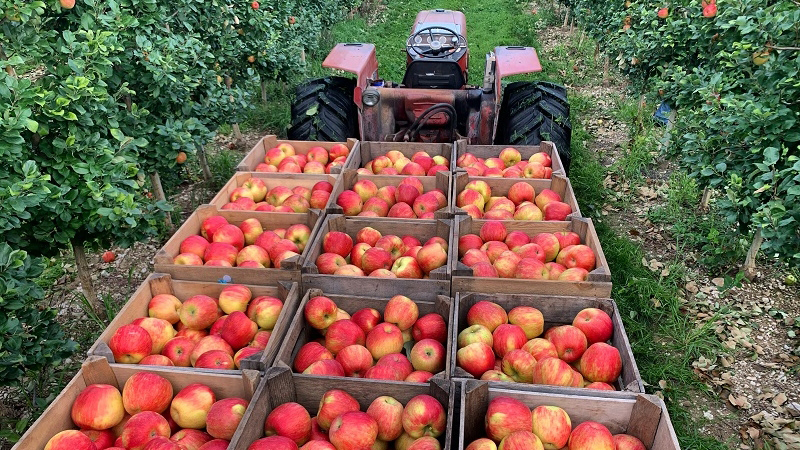Farm to School Program Proving its Wealth in Health

Farm to School Program menu items like locally-grown blueberries and watermelon are freshening up students’ lunch choices.
Photo courtesy of Sarasota Public Schools
Offer kids a healthy eating option for school lunch, and you might be surprised by what they actually choose. According to a new University of Florida study, children who attend schools with Farm to School (FTS) programs eat more fruits and vegetables.
For the study published in the Journal of Nutrition Education and Behavior, UF/IFAS researchers sought out to find the impact of locally procured produce on students’ consumption of fruits and vegetables served as part of on the National School Lunch Program menu. In this case, the FTS foods consisted mainly of raw vegetables, including leafy greens, cucumbers, and peppers along with a few strawberries and blueberries.
To find the answer, researchers tracked how much food students threw in the garbage after lunch and compared that to the original serving amounts, explains Jaclyn Kropp, a UF/IFAS Associate Professor of food and resource economics and lead author of the study. Researchers observed students at six elementary schools in Alachua County, FL, before and after they implemented the FTS program.
Results showed students at schools with a FTS program ate 37% more vegetables than the average student consumed before their school adopted the program. In addition, the children consumed 11% more fruit.
“These results indicate that sourcing produce locally has a positive impact on the consumption of vegetables and fruits,” Kropp said. “Further research is needed to determine if it is the quality of the products, product freshness, or simply promotion of these products in the school cafeterias that is driving the behavior changes.”
In 2010, Congress passed the federal Healthy, Hunger-Free Kids Act. In approving the legislation, lawmakers wanted to improve children’s nutrition. As part of the law, the USDA officially established the Farm to School program to help schools increase the amount of local foods they serve in their cafeterias.
To assess the FTS program, the USDA began conducting a census. According to the most recent FTS survey (2014), its programs reached more than 23.6 million children nationwide.









